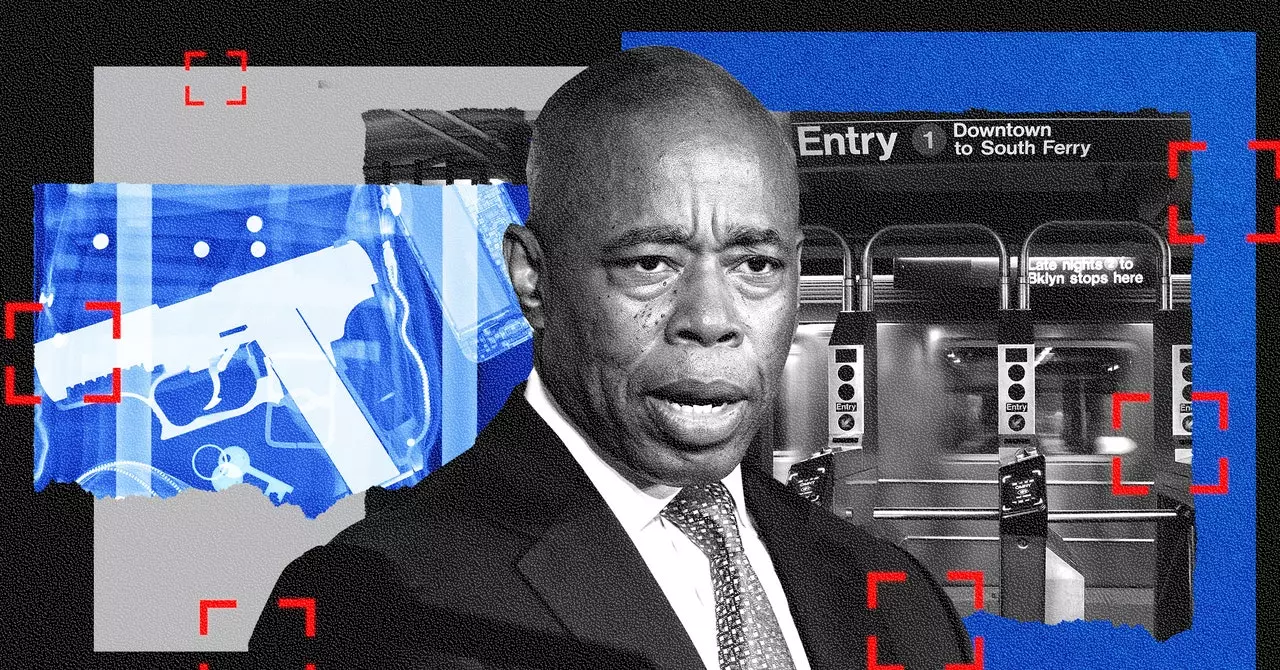Evolv, a company specializing in security technology, has been under scrutiny due to its connections with former members of the NYPD. The overlap between former police officers and Evolv employees raises concerns about potential biases and conflicts of interest. The fact that individuals like Dominick D’Orazio, who previously held high-ranking positions within the NYPD, now work for Evolv is a cause for alarm. This connection could potentially influence decisions made by city officials regarding the deployment of Evolv’s technology in NYC subway stations.
Civil rights and technology experts have cast doubt on the effectiveness of Evolv’s scanners in subway stations. Critics argue that the deployment of this technology is unlikely to significantly enhance public safety. Albert Fox Cahn, founder of the Surveillance Technology Oversight Project, described it as “Mickey Mouse public safety,” indicating that it may not be a robust solution for ensuring security in the country’s largest transit system. The potential ineffectiveness of Evolv’s scanners raises concerns about the allocation of resources and the implications it may have on New Yorkers’ daily lives.
One major concern surrounding the use of Evolv’s technology in subway stations is the potential invasion of privacy. With 472 stations and approximately 3.6 million daily riders, the logistics of implementing this technology raise questions about monitoring and surveillance. Sarah Kaufman, director of NYU’s Rudin Center for Transportation, points out that having the scanners at every single entrance would require constant monitoring, potentially infringing on passengers’ privacy rights. Additionally, the vague policies outlined by the NYPD regarding the deployment of weapons-detection technology and the reliance on police officers for inspections further exacerbate concerns about the efficacy of Evolv’s scanners in subway stations.
Evolv’s track record of deploying scanners in other settings, such as schools, has also come under scrutiny. Reports of the scanners failing to detect weapons and guns on multiple occasions raise doubts about their reliability. Internal emails from a school district utilizing Evolv’s technology revealed instances where everyday objects were mistaken for potential threats. The lack of accuracy and the potential for false positives highlight the limitations of Evolv’s technology and raise questions about its suitability for use in high-traffic environments like NYC subway stations.
The concerns surrounding Evolv’s technology deployment in NYC subway stations are multi-faceted and warrant careful consideration. From questionable connections to the NYPD to doubts about the effectiveness and reliability of the scanners, there are significant issues that need to be addressed before moving forward with this initiative. As city officials continue to evaluate the potential use of Evolv’s technology, it is essential to prioritize transparency, privacy, and public safety to ensure that the deployment of these scanners aligns with the best interests of New Yorkers.


Leave a Reply